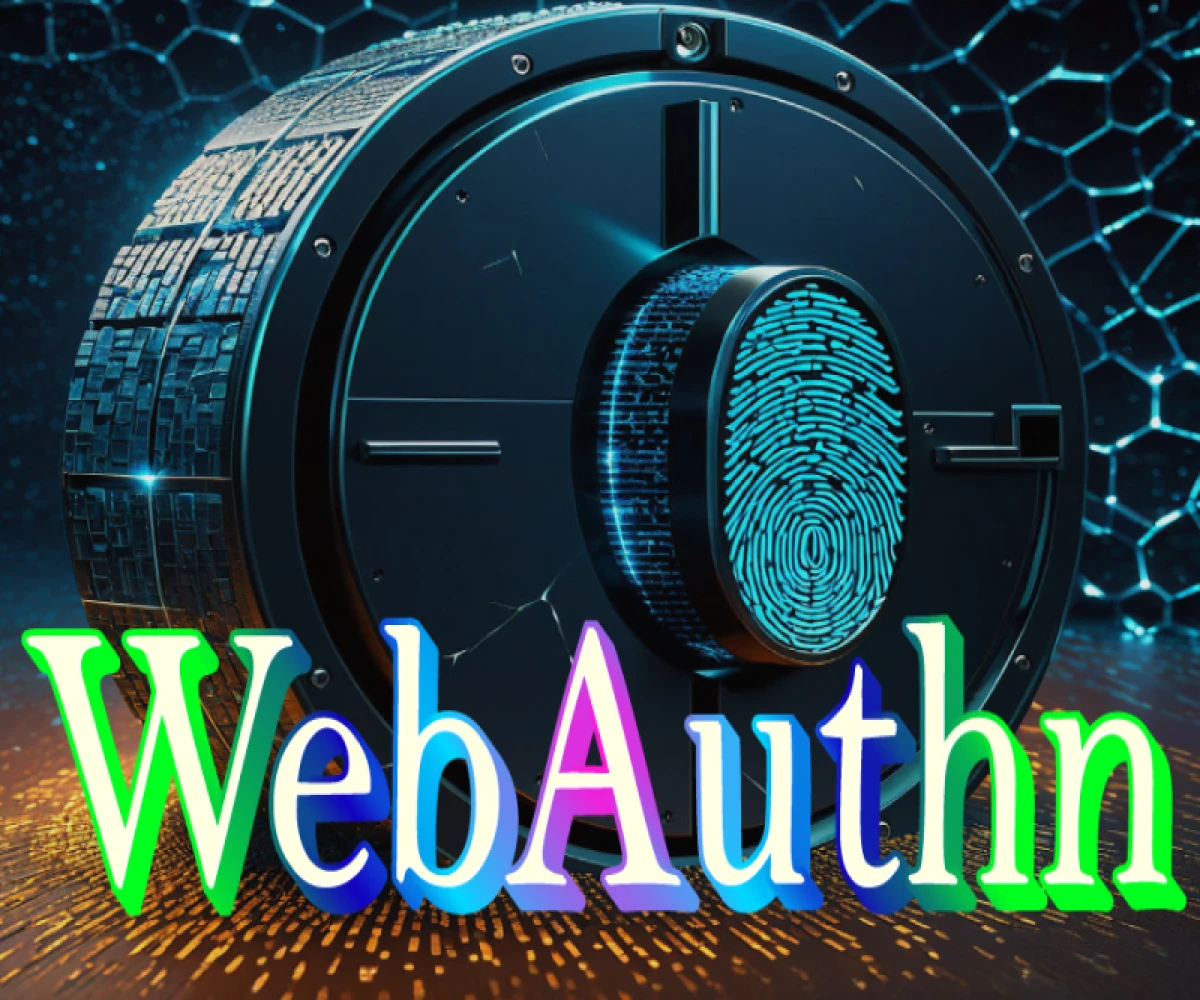
What is WebAuthn?
Ditch the Password: Secure Logins with WebAuthn API
Passwords are a constant struggle. We all know the importance of strong, unique passwords, but remembering them for every website is a nightmare. Even worse, passwords are vulnerable to phishing attacks and data breaches.
Thankfully, the Web Authentication API (WebAuthn) offers a more secure and convenient solution. Developed by the W3C and FIDO Alliance, WebAuthn utilizes public key cryptography for strong authentication, paving the way for a passwordless future.
But how does it work?
Let's imagine you're signing up for a new online store account. Traditionally, you'd create a username and password. With WebAuthn, things are different:
- Registration: The website generates a public-private key pair on your device (computer, phone etc.) This private key is never shared with the website, only the public key.
- Confirmation: You confirm this registration using a built-in authenticator like your fingerprint scanner or a security key. This ensures you're the one authorizing the new credential.
- Secure Login: Next time you log in, the website requests authentication. Your device prompts you to confirm with your fingerprint or security key.
Example: You're logging in to your favorite social media platform. Instead of typing your password, you receive a notification on your phone. You simply tap "Approve" with your fingerprint, and you're in!
WebAuthn Advantages:
- Enhanced Security: Public key cryptography makes phishing attacks ineffective. Even if attackers steal the public key (which is stored on the website), they can't impersonate you without the private key stored securely on your device.
- Reduced Server Burden: Websites no longer need to store sensitive passwords. This minimizes the risk of data breaches and associated costs.
- Convenience: No more struggling to remember complex passwords! WebAuthn provides a seamless login experience using familiar methods like fingerprint or facial recognition.
Real-World Use Cases:
WebAuthn is rapidly gaining traction. Here are some examples:
- Passwordless Logins: Major tech companies like Google and Microsoft are implementing WebAuthn for passwordless logins on their platforms.
- Secure Multi-Factor Authentication (MFA): WebAuthn can be combined with traditional MFA methods like SMS verification for an extra layer of security.
- Financial Transactions: Banks and financial institutions can leverage WebAuthn for secure online transactions.
The Future is Passwordless:
WebAuthn is a game-changer for online security. By replacing passwords with public key cryptography, it offers a more robust and user-friendly authentication experience. As WebAuthn adoption grows, we can expect a future where passwords become a relic of the past.
Note: While WebAuthn offers significant advantages, it's still under development. Not all browsers and websites currently support it. However, with ongoing advancements and industry backing, WebAuthn is poised to revolutionize online authentication.


